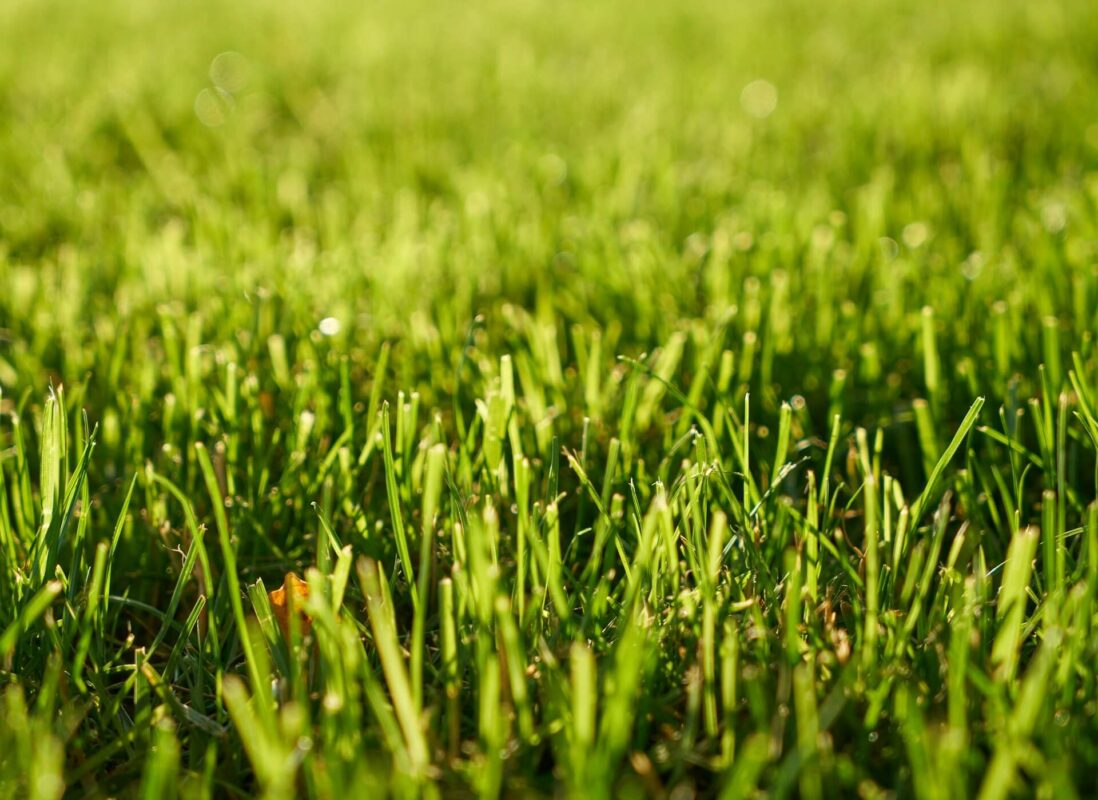What to do About Dandelions in Your Lawn Grass

Congratulations everyone. You’ve made it through another winter. The days are getting longer, the temperatures warmer, and just the other day I spotted my first dandelion of the season. Spring is definitely here. For some folks, dandelions are no big deal. For others, they’re a curse straight from the devil himself. And that’s okay. We all have our own values, ideas and opinions that will determine which course of action we decide to take when dealing with dandelions in our lawns
The Life of a Dandelion
As a perennial, dandelions will come back year after year. They are often one of the first blooming flowers of the year. Once established they grow long, deep taproots that can extend a foot or more down into the soil. It’s from this taproot the dandelion regenerates itself, even after being mowed repeatedly. Besides rapid regrowth, dandelions are prolific self-seeders. I’m sure at one point in our lives we’ve all been guilty of spreading dandelion seed by blowing on the fuzzy heads and watching the seeds float away in the wind.
Can Be Beneficial
First, in defense of the humble dandelion I’d like to point out some of the good things it offers. As mentioned above, dandelions are one of the first blooming flowers of the year. For pollinators, especially honey bees, dandelions offer the first steady nectar and pollen source of the year. This is crucial as honey bee colonies need to quickly build up their food supplies coming out of winter. Dandelions are also edible. In fact, dandelions are full of vitamins and minerals, and every part of the plant can be consumed. Some people add dandelion leaves to salads. The roots can be used for a coffee substitute, and the flowers can be used to make dandelion wine. While living in the United Kingdom, one of my favorite drinks was dandelion burdock – a beverage originally made from dandelions.
Hand Pulling
Are dandelions bad for your lawn? Not really, but they can be visually distracting. For homeowners looking to get rid of their dandelions, I always recommend an organic approach first. Also, be realistic in your expectations. Don’t waste your summer by setting your dandelion tolerance to zero. The most effective, cheapest and healthiest (think exercise) way to get rid of dandelions is by hand pulling. The best time for hand pulling is when the dandelion is young and the taproot short. You’ll need to pull out the whole taproot to ensure it doesn’t grow back. Use a dandelion weeder tool with a forked blade to help work the taproot out. It also helps if the soil is moist.
Finish it Off With Vinegar
Once you’ve pulled out as much of the dandelion as possible, poor a small amount of vinegar into the hole. The vinegar acts as a natural herbicide. For best results, the vinegar should be high strength (around 20 percent). This will kill any remaining taproot that might have broken off. Be aware that vinegar with concentrations greater than 5 percent should be handled with care, and solutions greater than 11 percent can cause skin burns and should be applied with protective clothing. Of course conventional broadleaf herbicides can also be used, just be sure to follow the directions carefully.
Apply a Pre-Emergent
With the dandelions removed from your yard, you can now apply a pre-emergent to prevent any more from establishing. For those taking the organic route, corn gluten meal has been shown to be an effective pre-emergent. Like conventional pre-emergent herbicides, corn gluten meal won’t hurt existing plants. It still needs to be applied at the correct time to prevent dandelion seeds from germinating. See this article for more information about using corn gluten meal as a pre-emergent.

